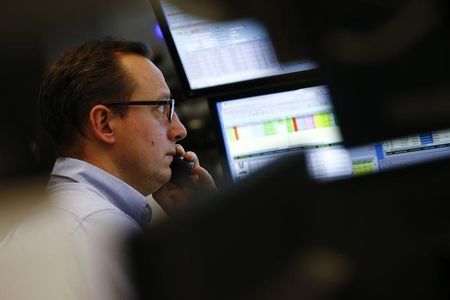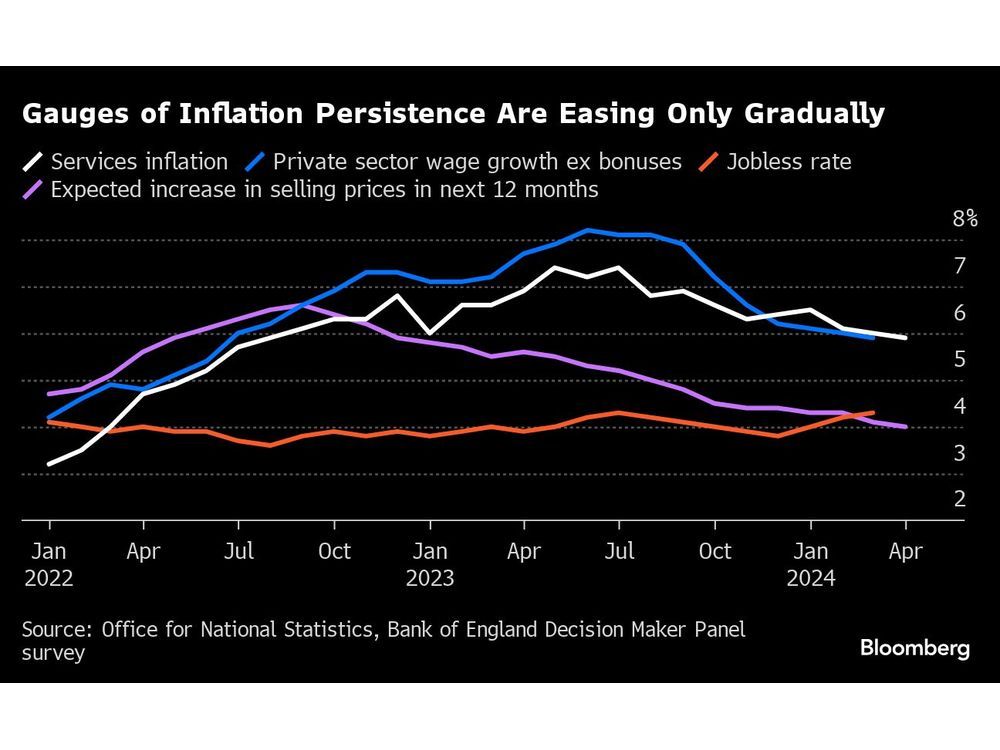Follow us on LinkedIn
The Price-To-Earnings ratio is an essential ratio for investors and measures a stock’s price in relation to the underlying company’s earnings. Other names for it are price or earnings multiple. P/E ratios are a critical comparison tool used by investors to evaluate various investments. There are different types of P/E ratios, which consider several aspects of a company’s P/E. One of those includes the forward P/E.
What is a Forward P/E?
The Forward Price-to-Earnings uses a company’s forecasted earnings to calculate the P/E ratio rather than its historical profits. Usually, investors forecast a company’s earnings per share for the next 12 months and use it as a part of the original P/E ratio. Other names for the forward P/E include the project or leading P/E. The accuracy of the forward P/E depends on the forecast made by the investor.
Forward P/E ratios can be effective in evaluating a company. For most investors, the forward P/E is more useful than using historical information. Investors may use several techniques to forecast a company’s earnings to use with the forward P/E ratio. The formula for the forward P/E stays the same as the original one. The only difference is using expected earnings instead of historical information.
How to calculate Forward P/E?
The formula to calculate a company’s P/E ratio is as below.
Price-to-Earnings Ratio = Current Share Market Price / Earnings Per Share
Information about a company’s current share market price is available through the stock market. However, for private companies, obtaining an accurate price may be challenging. Similarly, a company’s Earnings Per Share is available in its Income Statement. Investors can also calculate it using the information available in the company’s financial statements.
As mentioned, the formula for the Forward P/E is similar to that of the original P/E ratio. However, investors use a company’s forecasted earnings per share. Therefore, the formula will become:
Forward Price-to-Earnings Ratio = Current Share Market Price / Estimate Future Earnings Per Share
Example
An investor wants to calculate the forward P/E for a company, Red Co. The company’s shares are publicly available in the stock market with a current market price of $100 per share. Red Co.’s earnings per share in the previous period were $20 per share. However, market analysts estimate the company’s EPS to reach $25 per share in the future.
Red Co.’s P/E ratio, based on its historical EPS, is as below.
Price-to-Earnings Ratio = Current Share Market Price / Earnings Per Share
Price-to-Earnings Ratio = $100 / $20
Price-to-Earnings Ratio = 5
On the other hand, Red Co.’s forward P/E will be as below.
Forward Price-to-Earnings Ratio = Current Share Market Price / Estimate Future Earnings Per Share
Forward Price-to-Earnings Ratio = $100 / $25
Forward Price-to-Earnings Ratio = 4
How does Forward P/E work?
Forward P/E uses a company’s estimated earnings rather than its historical profits. When investors acquire stocks, they cannot earn from past performance. However, they can benefit in the future. Hence, it is more relevant for them to consider their future profits. Therefore, the forward P/E provides a better measure of the potential earnings the investors can make.
Other than that, the forward P/E ratio works in a similar way to the trailing P/E ratio. Investors can use it to compare various stocks and make decisions accordingly.
Conclusion
Forward P/E is a financial metric that looks at a stock’s price and the future estimated earnings per share of the underlying company. The Forward P/E ratio is crucial for investors as it helps them in decision-making. The accuracy of the calculation depends on the forecast used to calculate the forward P/E.
Further questions
What's your question? Ask it in the discussion forum
Have an answer to the questions below? Post it here or in the forum





Prime Minister Keir Starmer’s promise to “get Britain building again” will quickly face a shortage of skilled workers in the very industries he’s hoping will power the turnaround.